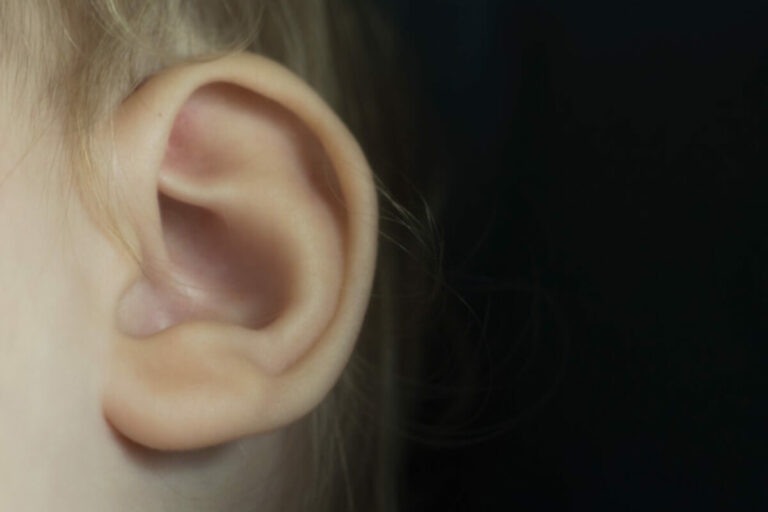The way we communicate plays a crucial role in shaping our relationships and connections with the one’s we love.
In this post, I will explore a communication tool referred to as DOTS, which was developed by David Dixon, that provides an understanding of how each of us process thoughts and improve the way we interact with others, particularly those close to us.

Maintaining a strong and loving connection between couples leads to immense happiness and life satisfaction.
The ability to authentically communicate to your partner and to understand each other at a deep level is among the most gratifying experiences a person can have in their life.
Likewise, ineffective communication and misunderstanding frequently leads to discord, conflict, unhappiness and disconnection between couples.
From our experience of counselling hundreds of couples across many years, we have learned the importance for each person to be aware of their natural communication style and that of their partner’s, so that they can improve their communication skills so as to build and maintain a healthy and loving relationship.
David Dixon spent over 25 years studying various perosonality profiling systems and communication models worldwide, and identified foury primary communication styles that people have.
Dixon developed an accessible tool known as DOTS to aid people in comprehending their natural communication style and its impact on their relationships.
What is DOTS?
In DOTS, a person’s communication style is represented by one of four distinct categories: purple, red, yellow, and blue dots. Each DOT represents a unique way of thinking and expressing oneself.

Let’s take a look at each style (DOT):
Purple DOTS
Individuals represented by purple DOTS approach communication holistically and intuitively, emphasizing instincts and the broader perspective over detail.
Their creativity and out-of-the-box thinking are very apparent, as these people prefer using metaphors and abstract language to get their point across.
The purple DOT communication style is particularly relevant in the context of relationships, intimacy, conflict, and overall communication.
Red DOTS
A person represented by the red DOT is characterized by a direct, assertive, and action-oriented communication style.
They prioritise efficiency and are often valued by their straighforward and no-nonsense approach to communication.
Red DOT people excel in problem-solving and decision-making, preferring concise and direct communication, although they may occasionally appear blunt or impatient with others.
Blue DOTS
Individuals with a preference for blue DOTS tend to communicate in an analytical and logical manner
They are meticulous and thorough, often seeking out all available information before reaching a decision.
This communication style is particularly effective in problem-solving and critical thinking situations. Precision and clarity are highly valued by those who favour the blue DOT approach, though they may come across as reserved or distant at times.
Yellow DOTS
People characterised by yellow DOTS exhibit a sociable and amiable communication approach, emphasising the importance of harmonious relationships and inclusive interaction .
Yellow DOT people excel at forging connections and promoting teamwork, often employing humour and storytelling to engage others in conversation.
DOTS as a helpful starting tool
Although DOTS are helpful in the art of communication, it is important to be aware that DOTS serve as a tool for comprehending your natural communication style, rather than as a miraculous fix for any communication challenges in your intimate relationship.
Enhancing communication demands dedication and practice from both people in the relationship.
Recognising your communication style can heighten awareness of how you process and convey your opinion and other information, but it’s ultimately your responsiblity to strive to improve your communication abilities.
This involves embracing feedback, understanding the other person’s communication styles, and adapting to better connect and communicate with your partner.
“lWe have only one language processor, reduce the clutter.”
“Talking is an instrument of good thinking.”
“Talking is not an outcome, it’s a process.”
Collected over the years
While DOTS can serve as a starting point for self-reflection and communication enhancement, actively working to foster healthy connection and relationships through effective communication is up to you.
Consider this: if you tend to process your thoughts by talking, you might benefit from focusing on improving your listening skills and being more attentive, even accepting, of your partner’s perspectives.
Conversely, if you typically process thoughts by carefull analysing them, you may find it beneficial to being more spontaneous and embracing new ideas and possibilities that your partner may offer in the conversation.
Similarly, if your thought process involves transforming words into mental images, working on expressing yourself verbally could be advantageous.
And lastly, if you tend to understand information by sensing it intuitively, honing your analytical and logical thinking may be helpful.
DOTS serves as a straightforward yet compelling tool for gaining better understandings of your own natural communication style, as well as enhancing your interpersonal connections.
It’s also worth noting that none of these communication styles, i.e. DOTS, are inherently better or worse than the other, they simply help you become more aware of how you and your partner process and communicate information, your thoughts, as well as your feelings to each other.
In conclusion, effective communication is essential for building and maintaining strong relationships. It helps to foster understanding, resolve conflicts, and strengthen connections between individuals. By actively listening, expressing ourselves clearly, and being open to different perspectives, we can navigate through conflicts and find common ground.
Conflict is a natural part of any relationship, but how we handle it can make all the difference. Instead of avoiding or escalating conflicts, effective communication allows us to address issues directly and find mutually beneficial solutions. It enables us to express our needs and concerns while also considering the feelings and perspectives of others.
Ultimately, communication is the foundation upon which relationships are build. It allows us to connect on a deeper level, build trust, and create meaningful bonds with others.
By prioritising effective communication in our interactions, we can cultivate healthier relationships that stand the test of time.
A

